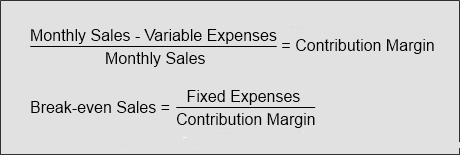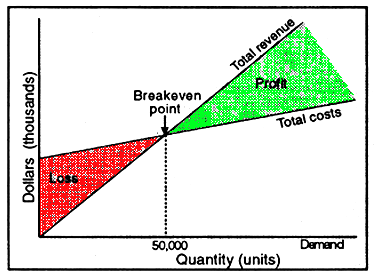Whether due to a struggling economy, a slumping industry, or inevitable business cycles, many small- business owners at some time experience a decline in sales and profit, and a tightening of cash flow. When there isn’t enough money to go around, financial issues dominate our thoughts and daily business activities. If we are not careful, this challenging condition can also tarnish our shiny reputation with vendors and bankers.
I’ve been through this uncomfortable experience myself, and I’ve also helped customers of my accounting practice. I know the feelings of frustration and embarrassment. When you are powerless to pay your bills, you just want to bury your head in the sand. I get it, but please don’t do that! Instead, create a business system to get you through the (hopefully) temporary ordeal.

10 Tips to Hold Your Head High
Here are a few things you can do to turn your creditors into rooting fans:
- Be proactive. Don’t wait for your creditors to call you. They will call at all times of the day and continually distract you from doing the most important things, like increasing your sales. Set a little time aside every morning to call them when you are fresh and upbeat.
- Be reliable. If you tell the collection person you’ll call them next Monday, DON’T FORGET TO DO IT, even if the news is bad. This builds trust, and they will actually be impressed because most people avoid these painful calls.
- Be humble, apologetic, and calm. Don’t react if your creditor displays a harsh attitude. They have a right to be unhappy. Just accept it. Responding with humility will ease the tension; “a soft answer turneth away wrath” (Proverbs 15:1).
- Acknowledge the full amount of your debt. Though usually not spoken, your vendor will be relieved that you are not trying to find excuses or weasel out of paying the bill. If you dispute the amount, clear it up immediately. Get everyone in agreement going forward.
- Be honest and straight forward. Don’t exaggerate how much you can pay or how soon you can pay. Carefully manage expectations. If you can pay a little more or a little sooner than promised, you will get a gold star on your forehead.
- Pay small invoice amounts in full and on time. For example, pay everything under $250 or $500 by the due date. This goes a long way in reducing the volume of collection calls and letters. You now only have to deal with your larger vendors.
- Communicate often. It may be a good idea to email a general progress report to creditors each week, or periodically. When vendors get updated information, it soothes the savage beast, builds trust, and lets them know you are doing the best you can. And again, regular updates reduce those pesky phone calls.
- Set up a payment plan. Reduce the balance owing on past-due invoices while still buying more products or services. Make partial payments when you can. If necessary, establish a C.O.D. arrangement to alleviate their fears. Most vendors want your business. They know the economy is up and down for a lot of companies. They will work with you if they can see your effort and trust your word.
- Do not fail to pay payroll taxes. I have seen many desperate business owners make this deadly mistake, running up large penalties and interest. In the U.S., you are personally liable for payroll taxes. They will never go away. Furthermore, if you are not meeting your payroll on time, your business is at serious risk. Get help fast!
- Extreme circumstances call for extreme measures. Helping a customer, I once offered many of their larger vendors a 50% immediate cash settlement. I was amazed at how agreeable they were. The amount covered their direct costs (materials and labor), and they were grateful not to get stiffed on the whole bill. This, of course, is a last resort when you are running out of options. Most vendors will appreciate your honest and even heroic effort to help them cut their losses.
A Time to Build Character
Ninety percent of the time, business owners go into an avoidance mode when they are in financial trouble. Don’t let this happen to you. It is the worst possible thing to do. All trust is lost, and bridges are burned. Your personal integrity—and most valuable business asset—is permanently scarred.
Difficult times can be an opportunity to strengthen vendor relationships and earn respect. It is a time to show your true character. A good business system for communication can help you accomplish this and get you through even the most adverse circumstances.
Remember: Everyone—customers, employees, vendors, and bankers—want you to succeed. They are all cheering you on. So am I!
















